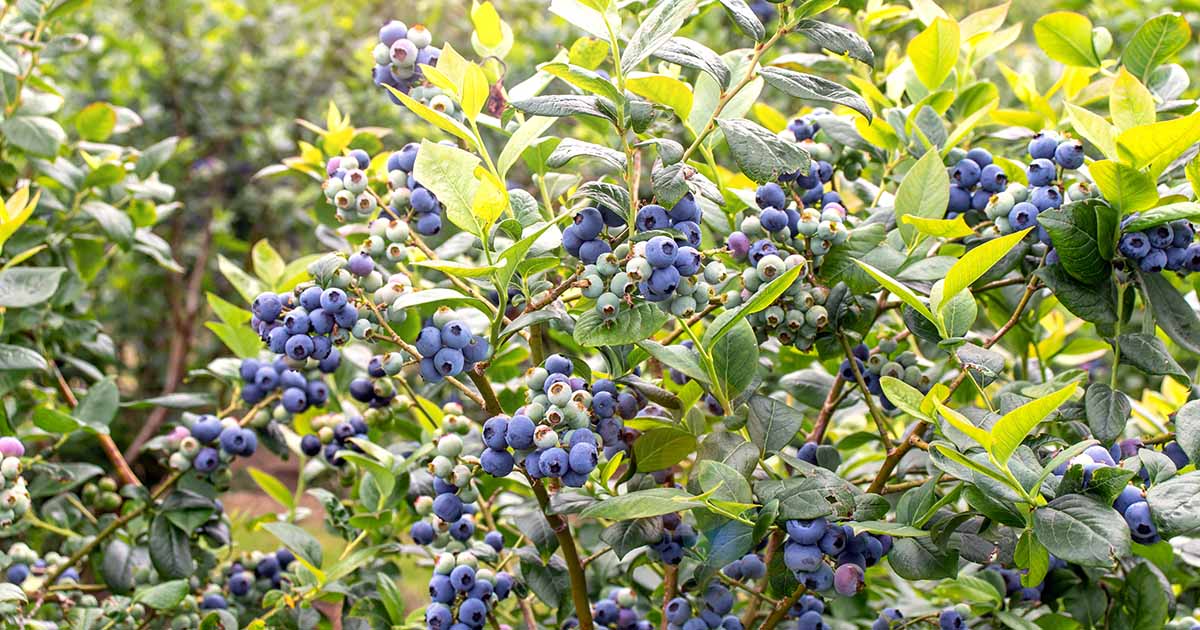Microgreens are trendy right now for a very good reason; they’re incredibly healthy and easy to grow. Whether you’re a newbie to this recent gardening fad or an old hand at microgreens, we’re sure you’ll love learning to grow buckwheat microgreens. They’re a basic crop that’s hardy, low-maintenance, and absolutely delicious!
All microgreens have health benefits, but buckwheat microgreens may just be the most nutritious ones out there. They’re full of protein, Vitamins B, C, and K, and fiber. They also have such great anti-inflammatory properties that scientific studies have been done on their benefits. Perhaps the best nutritional perk of this plant though is that they’re gluten-free, making this “grain” microgreen a great meal choice for those with allergies.
We’ll be growing buckwheat microgreens just until the two green cotyledons unfold on pinkish stems. When the plants are this young, they’re tender and easy to chew, making them perfect for salads and smoothies. Surprisingly, you’ll find that they have a mild tangy flavor with a bit of citrus. After the week or two of growing time, you’ll be creating all sorts of dishes with these healthy plants!
Good Products For Growing Buckwheat Microgreens:
Buckwheat Microgreens Quick Info
| Flavor: | Mild, tangy, citrusy |
| Soak: | 12-24 hours |
| Rinse/Drain: | Yes |
| Germination: | 2-4 days |
| Ideal Harvest: | 7-14 days |
Growing Buckwheat Microgreens
Buckwheat microgreens are pretty basic to learn to grow, so all these materials can be used later on in your microgreen journey. Think of this as a starter kit for your tiny greens garden.
Materials
Buckwheat seeds will germinate the best if their hull is still intact, so you’ll want to get some meant for planting. If shelled seeds are all you have, they will grow but not nearly as well. Organic seeds are a great way to start these plants (they’re actually very cost-effective).
The growing medium for any microgreens should be fine-grained and free from debris. This allows the seeds and sprouts to easily navigate their surroundings. While some microgreens easily grow in a variety of growing mediums, like hydroponics, buckwheat microgreens do their best work in potting soil.
Buckwheat microgreens (and most others) prefer a grow light to the actual sun. We want the microgreens to grow in an even, dense mat, so the sunlight has to be evenly distributed. If the buckwheat microgreens were set on a sunny windowsill, they’d lean towards the sun and grow unevenly. Hanging a grow lamp directly above them keeps the buckwheat tray nice and uniform.
Soaking

The black, pyramid-like buckwheat seeds have a tough shell, so soaking definitely benefits germination. Dump the seeds in a bowl of cold water and leave them for 12-24 hours. Then, give them a good rinse and it’s on to the soil!
Planting
Planting buckwheat microgreens is pretty standard, so this step by step method can be used with other microgreen varieties you want to learn about. Start by grabbing the tray with drain holes and filling it ¾ of the way full with seed-starting soil. Pour a bit of water on top and tamp down the surface so it’s even.
Next, grab your pre-soaked buckwheat seeds and densely sprinkle them across the surface. We want to grow buckwheat microgreens like a little patch of grass, so try to place the seeds close together without overlapping. Tamp the seeds down so they stay put in the tray.
Use your misting bottle to water the seeds. Then, instead of covering the seeds with soil, place a second growing tray right on top of them. This tray will block out all the sunlight so the buckwheat seeds can germinate. Place a small weight on top of the tray to keep it in place. When they sprout, the buckwheat plants will push the tray up. These plants are stronger than you think – they can lift up to 5 pounds!
Growing
The buckwheat plant takes 2-4 days to germinate. During that time, keep the cover and weight in place, only lifting it to check the moisture. If the soil starts to dry out, give it a good misting (heads up, you may be misting once or twice a day).
When the little buckwheat microgreens push up the cover, remove it and turn on the grow light. The early sprouts may be pale yellow from a lack of sunlight, but they’ll quickly turn a healthy green in the light.
It’ll be another 5-10 days until the grown plants are ready to harvest. In the meantime, you’ll need to keep the soil damp. But, since the buckwheat microgreens have sprouted, they’re vulnerable to mold and bacteria. Too much humidity and water will invite this unpalatable growth, so we need to keep the soil surface as dry as possible.
To keep the greens dry and the soil moist, we’ll be watering from the bottom. Grab the tray you used as a cover and fill it with an inch or two of water. Then, set the growing tray inside it so the water will be absorbed through the drainage holes. Let the tray soak there for 5-10 minutes before taking it out. Repeat this process as often as needed.
Harvesting
In just one to two weeks after planting, you’ll have grown enough buckwheat greens for a delicious and cost-effective meal. All we have to do now is harvest them!
Each microgreen is ready to harvest when its two cotyledons have unfolded and it’s grown to 2-4 inches tall. We want to harvest right in this window because it’s when the flavor, texture, and nutrients are supreme. Once the first true leaves grow in, the plant gets tough, bitter, and varies in health benefits.
Some of the leaves may have a seed hull clinging on. Remove them by brushing the palm of your hand across the top of the little garden you’ve grown.
Finally, you can grab your shears and start clipping. Snip each stem just above the soil level. You can harvest a portion of the grown buckwheat microgreens and save the rest for later, but keep in mind that there’s a small amount of time when they’re just right for eating.
Storing
To keep them fresh, don’t wash the micro greens until you’re about to use them. Seal your harvest in an airtight container and stick it in the fridge. To keep them fresh for longer, fold a paper towel into the container to absorb any moisture.
Like most produce, buckwheat microgreens taste best when eaten right away. However, they will stay fresh for a few days if stored correctly.
You can add these organic greens to practically any meal. Whether you prefer salad, sandwiches, stir fry, or a gluten-free garnish, the fresh taste and health benefits will be optimal!
Frequently Asked Questions

Q: Are buckwheat microgreens good for you?
A: Absolutely! When you grow buckwheat microgreens, the sprouts are getting all their nutrients directly from the seed. Full-grown plants, on the other hand, rely on the garden soil for their health, which can easily be a deficient source.
Q: What is buckwheat lettuce?
A: That’s a nickname for buckwheat microgreens, thanks to their full and tender leaves. Give them a try and you’ll find that these organic, gluten-free plants are similar in health benefits but much more fun to eat than your everyday lettuce.
The Green Thumbs Behind This Article:










